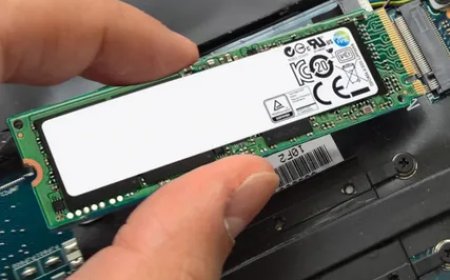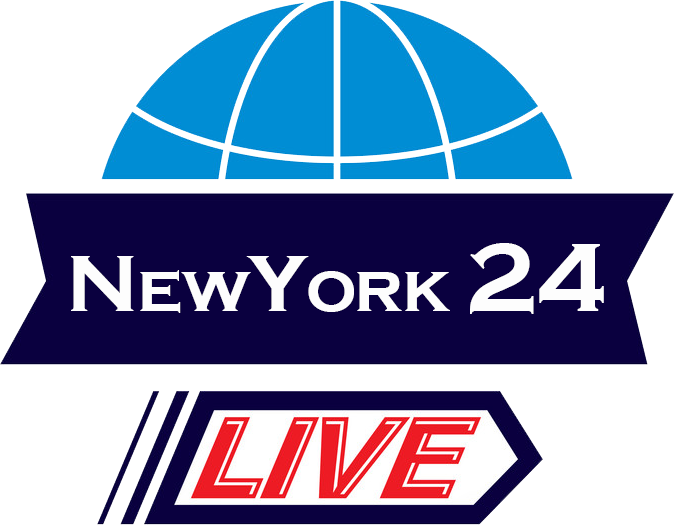Eligibility Verification and Prior Authorization: The First Line of Defense Against Claim Denials
Learn why eligibility verification and prior authorization are critical in medical billing. Discover strategies to prevent claim denials, speed up reimbursement, and improve patient care.

In todays fast-paced healthcare environment, eligibility verification and prior authorizationare more than just administrative tasksthey are essential safeguards for a healthy revenue cycle. By ensuring that patients are covered and services are approved before care is delivered, these two steps help prevent claim denials, reduce payment delays, and improve patient satisfaction.
Why Eligibility Verification and Prior Authorization Matter
Eligibility verification is the process of confirming a patients insurance coverage, plan details, and benefits for specific services. Prior authorization involves obtaining approval from the insurer before providing certain procedures, medications, or treatments. Together, these steps ensure that care is covered, authorized, and reimbursable.
Unfortunately, many practices make preventable mistakes in these areas, leading to lost revenue and frustrated patients. In fact, industry studies show that a significant percentage of claim denials stem from errors or oversights in eligibility verification and prior authorization.
Top 10 Common Mistakes in Eligibility Verification and Prior Authorization
-
Not Verifying Insurance at Every Visit:Insurance coverage can change at any time. Always check eligibility for every appointment.
-
Using Outdated Information:Relying on old insurance cards or policy numbers often results in claim rejections.
-
Not Understanding Plan Limitations:Each plan has unique exclusions, coverage limits, and network restrictions.
-
Incomplete Data Entry:Typos or missing information in patient records can cause mismatches with payer systems.
-
Skipping Real-Time Tools:Manual checks are slow and error-prone. Automated tools streamline the process.
-
Assuming Authorization Isnt Needed:Even routine services might require prior approval, depending on the payer.
-
Not Documenting Authorization Details:Always record authorization numbers, approval dates, and payer contacts.
-
Ignoring Secondary Insurance:Overlooking additional coverage can result in incomplete payments.
-
Failing to Communicate with Patients:Patients should be informed about their coverage and any out-of-pocket costs.
-
Not Training Staff:Front office teams must be equipped with the skills and tools needed for accurate verification and authorization.
Solutions to Avoid These Mistakes
-
Use Integrated Eligibility Tools:Leverage EHR and billing software for real-time eligibility checks.
-
Partner with Reliable RCM Providers:Outsourcing can improve accuracy and efficiency.
-
Establish Clear SOPs:Standard operating procedures ensure consistency in verification and authorization.
-
Follow Up Proactively:Dont let pending authorizations delay care or payment.
-
Continuous Staff Training:Keep your team updated on payer requirements and best practices.
The Impact on Revenue Cycle and Patient Experience
When eligibility verification and prior authorization are performed accurately and consistently, practices benefit from:
-
Fewer claim denials and appeals
-
Faster reimbursement cycles
-
Reduced administrative burden
-
Improved patient trust and satisfaction
Ultimately, these processes are not just about compliancethey are about ensuring that patients receive the care they need without unnecessary financial or administrative obstacles.
For a deeper dive into whyeligibility verification and prior authorization are so important in preventing claim denials, explore this comprehensive resource.





































